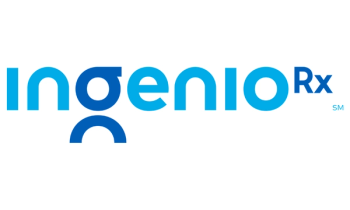
Here’s five things to take away from Anthem’s launch of PBM IngenioRx.

Here’s five things to take away from Anthem’s launch of PBM IngenioRx.

The concept of value-based care has begun to percolate through hospitals, doctor’s offices, and even Medicare, the behemoth of U.S. healthcare. It’s time for this principle to be embraced by PBMs.
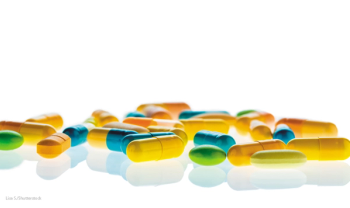
While still largely a new phenomenon, biosimilars are here to stay-and this year will only bring more of them to market.
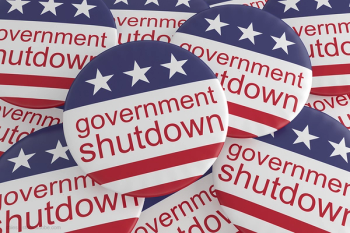
While the government shutdown doesn’t directly affect HHS, the shutdown is having profound and long-lasting effects on the U.S. healthcare system.
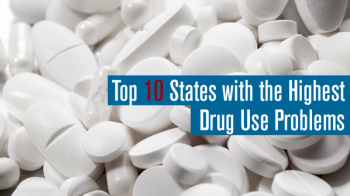
WalletHub released a study on Highest Drug Use by State to highlight the areas that stand to be most affected. Here are the top 10.
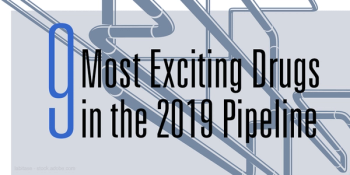
A look at what could be some of the biggest and most important drugs of the year.
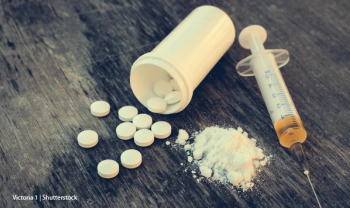
Here are certain facts that every executive responsible for managing populations at risk for prescription drug misuse should know as they make policy decisions affecting patient care and financial management.
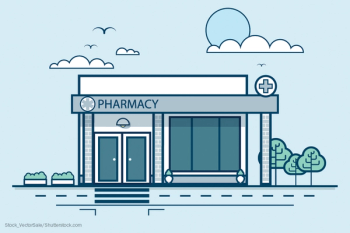
What experts say will be the year’s biggest problems, and what can be done about them.
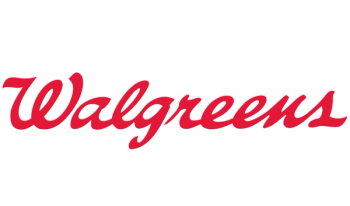
Walgreens' new integrated support program aims to help patients with cancer manage the side effects of undergoing treatment. Here’s five things to know about it.

As pharmaceuticals grow to consume more and more of the healthcare dollar, traditional care models need to change in order to deliver the best healthcare outcomes and real value. Here are five new models on the rise.

A Managed Healthcare Executive’s cancer management survey revealed support for the selected use of complementary and alternative medicine. Where do things stand in what some consider a promising treatment area?

With all eyes on drug prices, payers are looking to biosimilar agents to cut costs-and improve patient outcomes.

In these arrangements, drug companies must partially reimburse insurers if the drug fails to earn its keep. Will COPD drugs be included in such arrangements?

Two recent studies on antibiotic use may indicate that antibiotic prescribing could be improving over time, but there’s room for improvement. Here’s four takeaways to get even better.
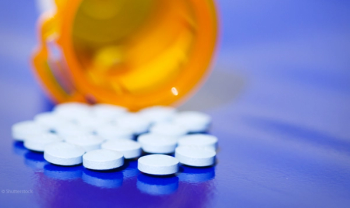
Despite a scolding from President Trump over drug price hikes, drug giant Pfizer announced it will raise the prices of 41 medications in January. That’s 10% of its entire drug portfolio.

This comprehensive, pay-for-performance approach drives clinical quality and affordability.

These products aid in treating several conditions, but are insurers paying for them? Find out.
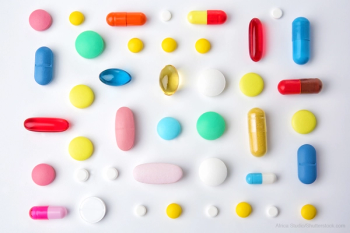
Biosimilars hold great cost savings promises for payers and patients alike-but only if prescribers and patients are willing to make the switch.

Healthcare stakeholders can impact a patient’s health by leveraging available capabilities and resources to help achieve better health outcomes and address this opioid epidemic.

Cancer medication spending is unsustainable, but significant savings can be achieved just by reducing waste. Here’s how.

Better care at lower costs is the ultimate goal across healthcare today. Here’s how pharmacists can help.
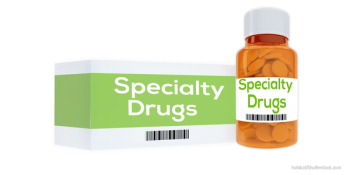
Specialty pharmaceuticals make up a huge part of the current drug market, and their impact is only going to grow over the next few years.
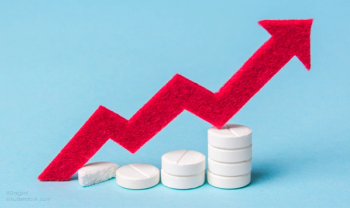
How can payers cope with new, ultra-expensive therapies?
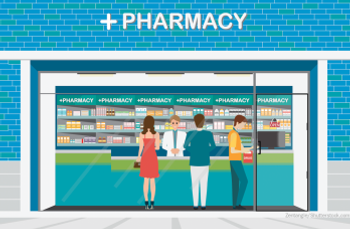
A new study was conducted to better understand the landscape of coverage of non-pharmacologic treatments for chronic pain among public and private insurers in the United States. Here’s what it found.

UPMC Health Plan has recently entered into two value-based contracts for medications related to treating diabetes and opioid addiction.